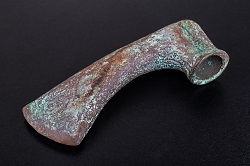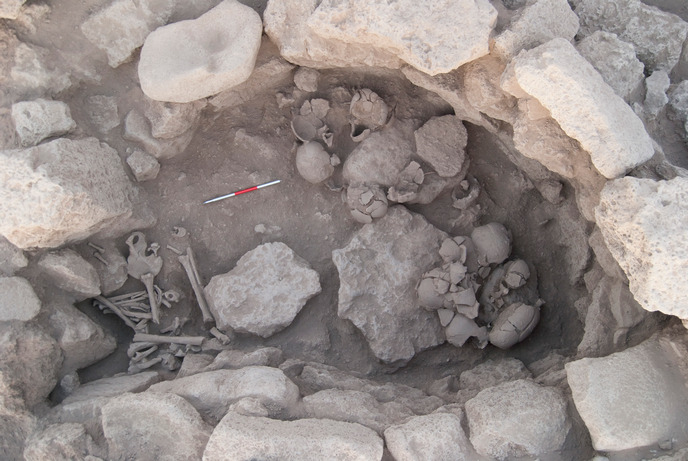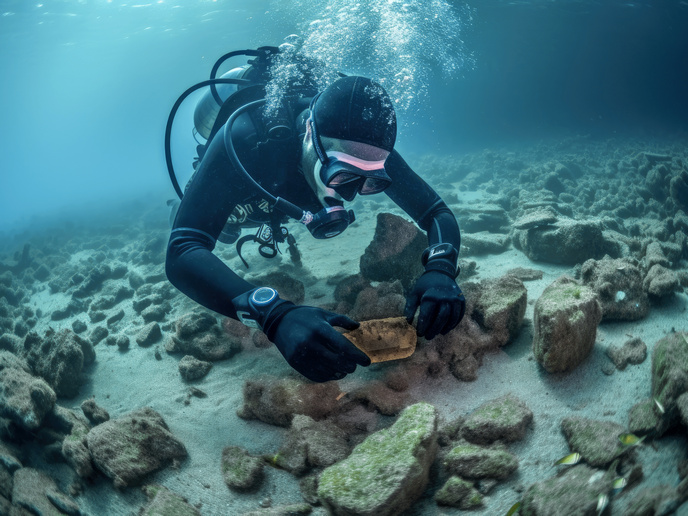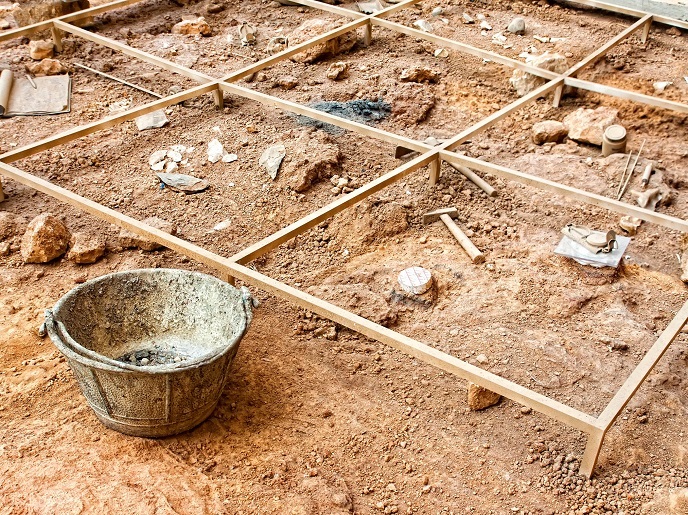Changing the timeline of early prehistoric tools
EU-funded researchers based at Newcastle University, in the UK, have developed a new timeline for copper-based Neolithic and Copper Age tools and weapons, looking at their complex technological histories from casting to deposition in the ground. “The project has changed our perception of the evolution of prehistoric technology over time,” said Dr Andrea Dolfini, TEMPI project coordinator. New classification scheme Metalwork classification schemes are vital to archaeologists, as they are used to date phases of European prehistory. The TEMPI project was the first to develop an approach that took into consideration the fact that tools and weapons from the Neolithic and Copper Age often underwent a series of changes throughout their working lives. All prior schemes regarded the tools as fixed and immutable. However, copper-based tools may look considerably different now than they did originally. For example, an axe-head or a dagger may be sharpened several times, reducing its size. Changes can often be cumulative, building on previous changes to produce the present object. The implications of the research for the chronology of early European metalwork could be profound. Archaeologists often classify objects according to shape. However, if the researchers find that archaeologists have been grouping objects that have a similar shape now, but looked different originally, the results could upend current understandings of prehistoric metalwork. The final shape of an object can be affected by a variety of factors including the skill of the smith producing it, whether it was refashioned after casting, and the amount of wear and tear it developed over time. Not like stamps waiting to be sorted “Generally speaking, this study can help archaeologists understand that ancient metal artefacts are not like stamps waiting to be sorted out and collected, as too often happened in the past, but rather the outcome of complex technical processes and socially determined craft traditions,” said Dr Cristiano Iaia, the Marie Skłodowska-Curie fellow working on this project. Previously, archaeologists often assumed that Neolithic technological development followed a linear pattern. However, they hadn’t accounted for the complex nature of innovation, the TEMPI researchers say. “Received wisdom has it that technology evolves in a linear fashion over time, yet historians, archaeologists and anthropologists of technology are aware that the picture is a lot more complicated,” said Dr Dolfini. “The general trend over hundreds of years might be an upward curve, but social realities on the ground are a lot more complex as innovation often proceeds by jumps and jolts. Our project has shown that early European metallurgy is no exception.” Metalwork wear analysis The project has successfully established a sound methodology to investigate the technological history of the objects based on wear analysis, an optical microscopy method. Wear analysis is often used by archaeologists to establish how prehistoric objects were used. However, the project has proved that the method can also reveal how they were manufactured, as well as the nature and degree of their transformations over time through refashioning and use. The next steps for the researchers include the analysis of failures in technological innovation and the social dynamics of ancient metal artefacts as stratified archives of production and use. This may require the application of complementary analytical techniques such as metallography and Neutron Diffraction analysis.
Keywords
TEMPI, metalwork, Copper Age, Neolithic, chronology, metallurgy, classification, early Italian metalwork







